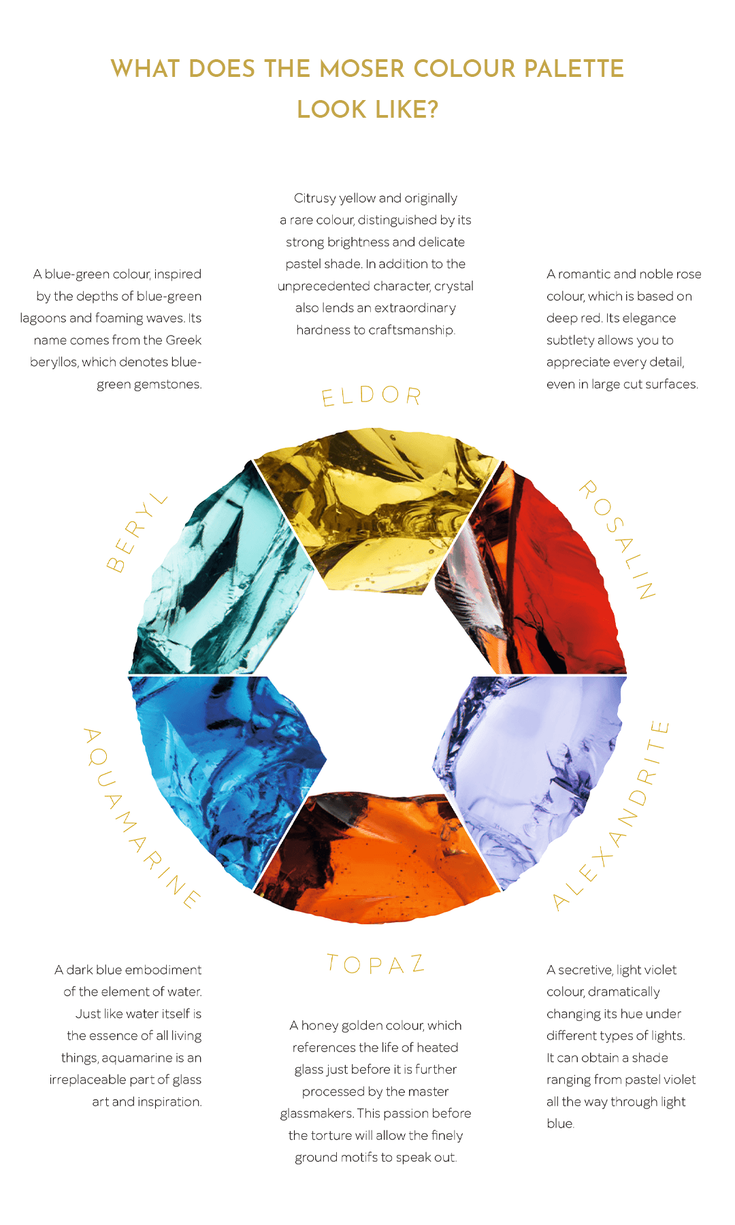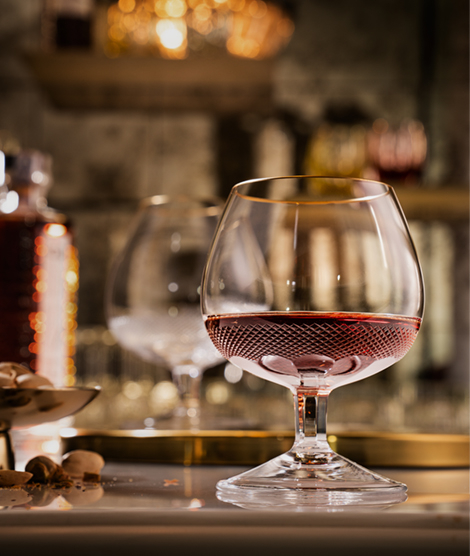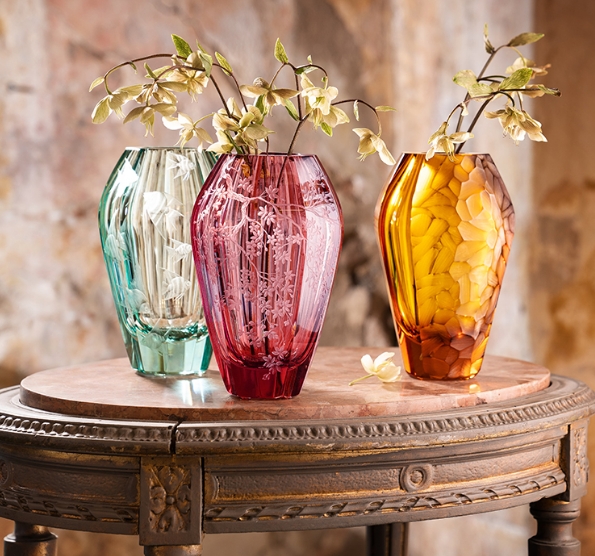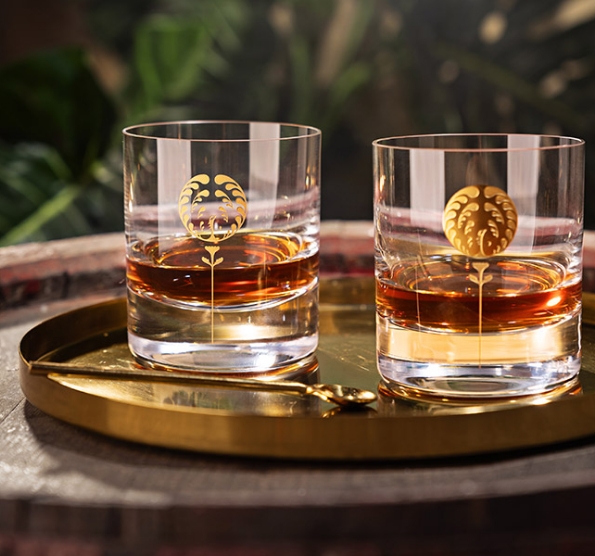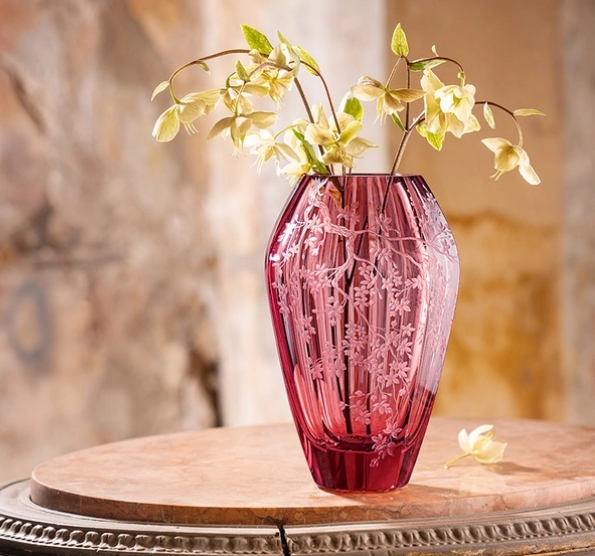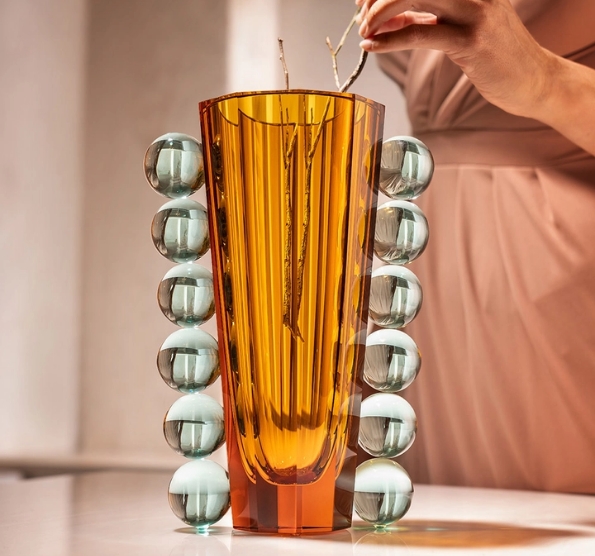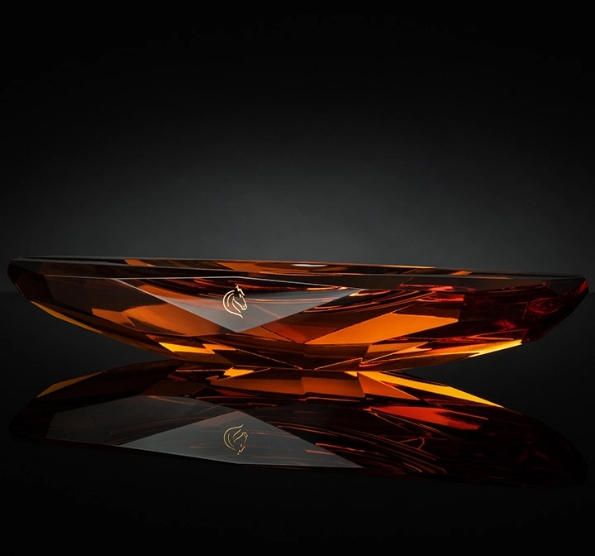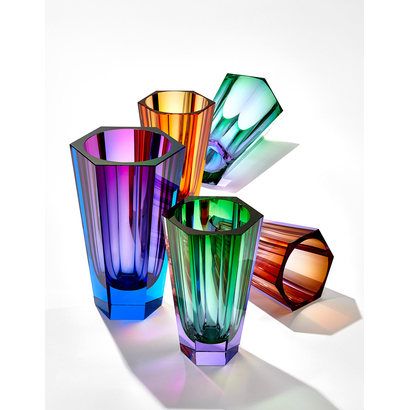Breadcrumbs navigation
- Home page
- About Moser
- Blog
- FROM AQUAMARINE TO ELDOR: HOW COLOURFUL IS THE WORLD OF MOSER?
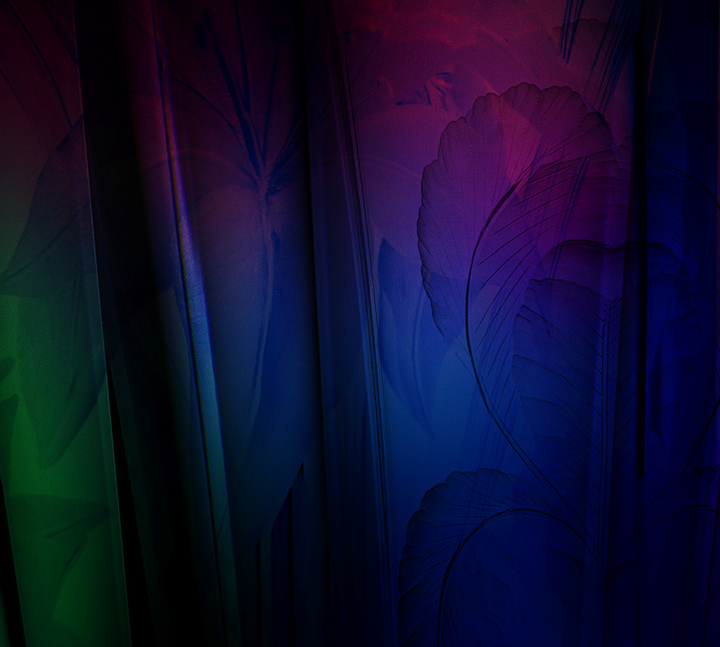
FROM AQUAMARINE TO ELDOR: HOW COLOURFUL IS THE WORLD OF MOSER?
They were named after gems and are equally as exceptional. The basic Moser colour palette includes six shades and counts among the glassworks' greatest treasures. Only a few people know the recipe which is passed down from one generation to another. Join us in discovering its secrets.
It is the early 20th century, Karlovy Vary. Leo Moser, the son of the company's founder, takes on the position of technical and later artistic director of the local glassworks. He honours his father's legacy from the beginning and is justifiably proud of him. At the same time, he appreciates the importance of innovation in business. That's why he is starting to search for new approaches to working with crystal – including colouring.
In 1929, after two years of experimentation in Berlin's laboratories, Leo Moser introduced a new colour palette that ranged from romantic reds to distinctive yellows. From then on, the molten glass is coloured using oxides, which opens the door to unprecedented tones and play of light. In combination with sunrays, crystal comes to life like never before.
Karlovy Vary glassmakers still work with the colours developed by Leo Moser. “Most are patented, and the exact shade cannot be captured by anyone else in the world. In the 1990s, we expanded the range with aquamarine because we lacked blue,” explains technologist and grinder Martin Prokeš. “We are justifiably proud of our colours. They embody the values we want to honour here.”
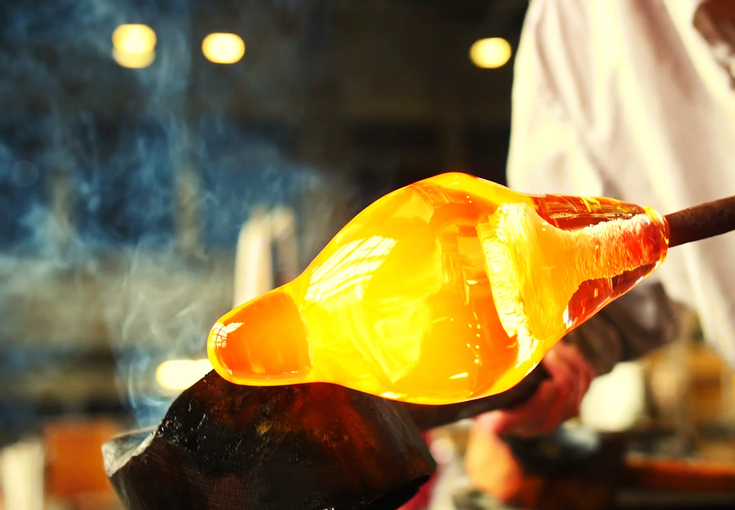
The Moser palette is not subject to trends, as updating the colour portfolio doesn’t happen just like that. “Theoretically, you could create a custom colour, but a new shade must first be developed in the laboratory, it is expensive and requires lots of work with chemicals. Before we test the new colour and see how it reacts with our glass, it would no longer be in fashion,” says Prokeš. That's why glassmakers prefer to stick to proven, almost a hundred-year-old recipes.
You will not find some of our shades at another glassworks. Take the Eldor, for instance, a lemon-yellow colour that even changes the properties of crystal. “Glass coloured with the Eldor is harder. It takes more time and effort to grind, and therefore tends to be more expensive,” explains Prokeš.
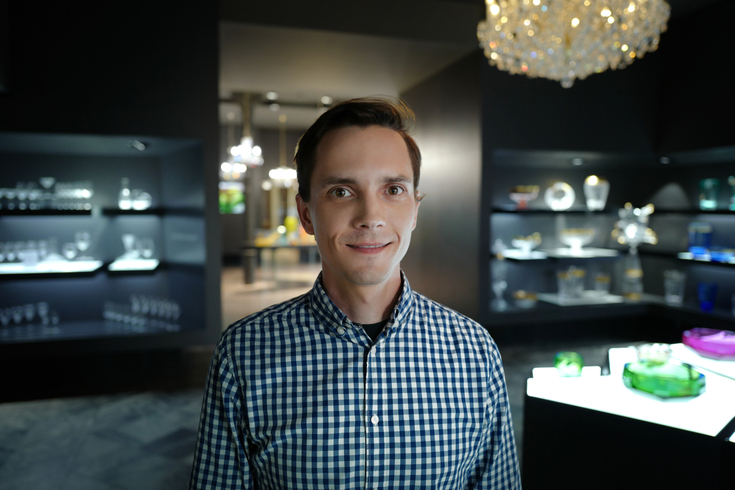
In addition to the basic palette of six shades, Moser also has other special colours in stock. The Rose Gold, for instance, is the most difficult to create. In this case, the crystal is coloured with 24k gold. “The whole process is very complex. Gold is a solid metal that you must first adjust before you use it to colour crystal. Another big challenge is the preparation of a homogeneous mixture, which will be evenly distributed in the glass,” describes the technologist and chemist Mária Šmihulová. So how does Moser do it? “We'll keep that to ourselves,” she laughs.
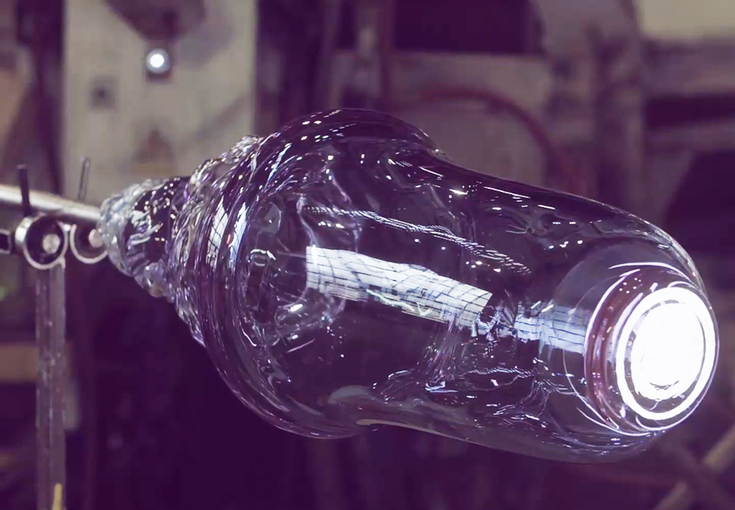
Although glassmakers strictly control the colour of each product to match the default palette, an object can change its colour. Light plays a crucial role. “For example, alexandrite is light blue under artificial light, such as a fluorescent lamp. However, when you place such object on a window, the daylight makes it look dark purple,” points out technologist Martin Prokeš. The resulting colour is also determined by the thickness of the base or walls of the glass object. “The colour of rosaline will be deep red for products with a larger mass of glass, but it will tend to turn pink on thin walls.” The shape of the colour also depends on the quality of the glass itself. And because Moser uses lead-free crystal, which does not create rainbow reflections, the resulting colours are also “cleaner.”
Technologist Martin Prokeš himself used to work as a glass grinder. Even his work was sometimes influenced by the colour of the product. “When I worked with a vase in a dark smoky shade, for example, I knew that I would have to work extra hard. It was more difficult to look through the glass, and I had to adapt the grinding technique to that,” he says. On the other hand, when he worked on underlaid objects, harmoniously combining the colour of aquamarine and amethyst, he cheered up. “I like this combination the most. I could look at it forever.”
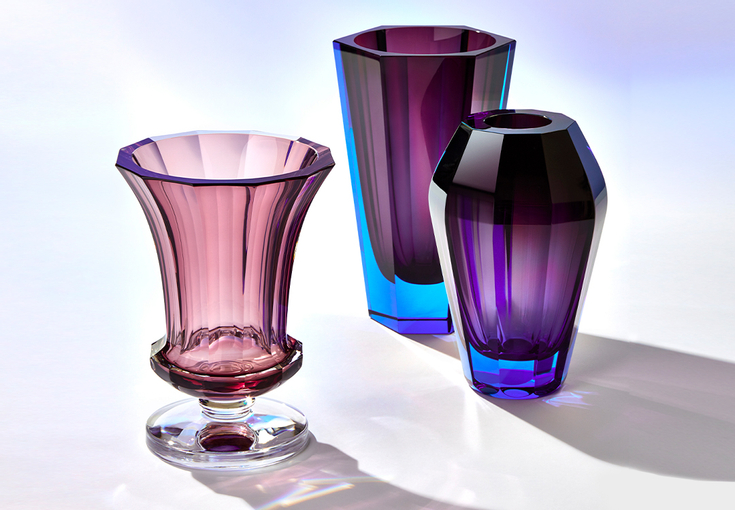
Moser colour collection
What happens when coloured crystal is formed into a specific shape? A collection of colourful vases that made Moser famous all over the world is created. The glassworks has combined its pastel palette with various oroplastic decors, types of cuts or engravings since the 20th century. They are used in collections such as Purity, Diva or Gloria. And through the technique of underlaying that combines two different-coloured glass parts, impressive transitions are created. This is what harmony and spectacle look like that will never cease to amuse you.
